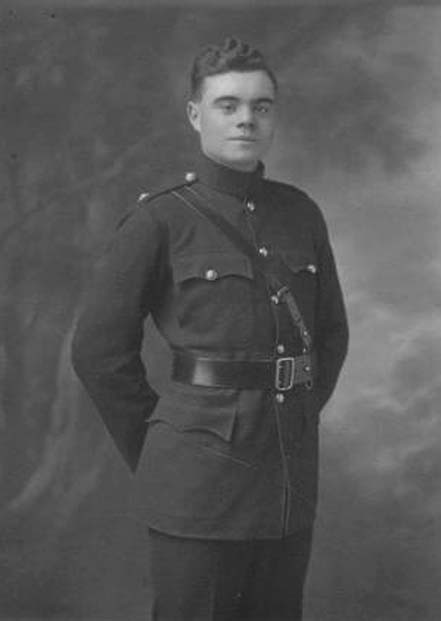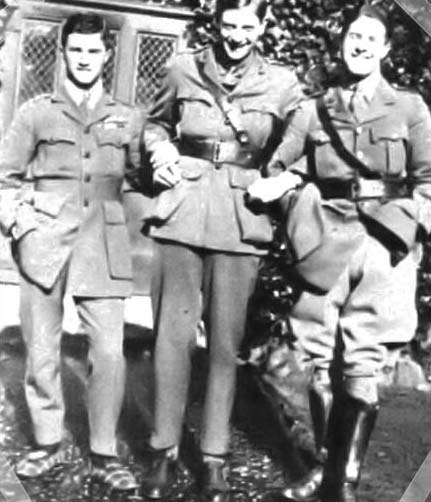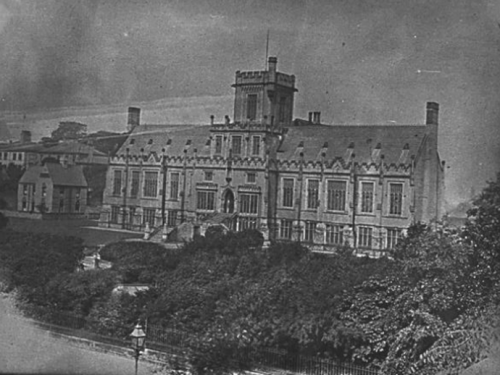The Second Boer War (1899 – 1902) was fought between the British Empire and the two independent Boer (Dutch) states, the Republic of Transvaal and the Orange Free State, over the British Empire’s influence in South Africa. The British Empire owned Cape Colony and the Bechuanaland Protectorate:

The catalyst for the war was the discovery of diamonds and gold in the Boer states.

William Henry Heath was born on June 11th 1882. His father was Henry Heath and he was a farmer at Bestwood Park which is to the north of the city of Nottingham. Bestwood Park was originally a hunting estate in Sherwood Forest, owned by the Crown from the Middle Ages until the seventeenth century, when King Charles II gave it to his mistress, Nell Gwyn.
Nell was a famously shy girl, who always kept herself to herself and very much liked to read about embroidery and the lives of the saints:
More seriously, the topless painting is called “Portrait of a Courtesan, thought to be Nell Gwyn” and comes from the studio of Sir Peter Lely (1618-80). The more or less clothing free effort is called “Portrait Of A Young Lady And Child As Venus And Cupid” and is known as a picture definitely by Lely. Sir Peter was the finest painter of the Restoration and the official artist to King Charles II. And Nell Gwyn? Well, she is known to have been “one of the first women to abandon her modesty to advance her career.”
Two hundred years in the future, William Heath’s mother was Mary Ann Heath and according to the various censuses, by 1891, William had a brother, Leonard, and two sisters, Margaret Annie and Mary. By 1901, Henry, Evelyn and Dorothy have appeared and by 1911, another brother, Norman. Depending on the date of his departure to South Africa, William may never have seen Evelyn or Henry and he certainly never saw Dorothy. The farm in 1911 is given as “Sunrise Farm” although that is not necessarily the farm of William’s boyhood. For his education, he may possibly have gone initially to Grosvenor School, a preparatory school at Nos 107-109 Waterloo Crescent, a pleasant footpath off Mount Hootton Road on the western side of the Forest Recreation Ground. Here it is today:
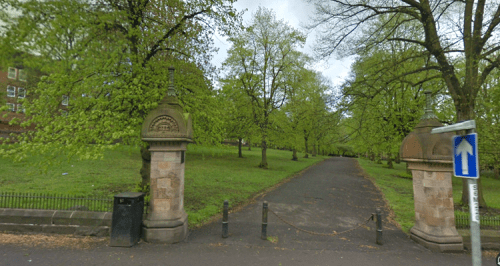
William entered the High School on January 22nd 1895 as Boy No 1366. He was twelve years of age and he went straight into the Upper First with Mr Marriott as his Form Master. Mr Marriott taught at the High School from 1891-1897. He was originally a temporary teacher but he was given a full time job after his first year. He had a BA degree and was a late Scholar of Sidney Sussex College at Cambridge University.
There were 32 boys in the Form and of the 30 boys who took the end-of-term examinations, William came 19th. The School List gives us a number of his exact placings subject by subject… English (18th), French (12th), Latin (16th), Writing (14th), and he came third in Drawing. He had been placed in Mathematical Set XII. The following year, it was the Lower Second with Mr Wilfrid Tyson Ryles. There were 29 in the Form and 28 took the examinations. William finished 15th. Here he is in class with Mr Ryles standing back left of the photograph.

William improved very well over the course of the year though, because he was awarded the Lower Second Prize for the Summer Term. But then it was more of the same…. English (10th), French (18th), Latin (15th) and Writing (25th). He was still in Mathematical Set XII.
The next year of 1896-1897 was his third, and his last. He spent it in the “Shell” with Mr Hodgson, who was the first ever master of this newly invented Form which was designed to receive boys who entered the school late, usually from state schools, and with little or no previous French or German, and certainly no Latin. The following year they were expected to go into the “Modern Fourth Form” but Henry would not do this as he left at Midsummer 1897.
There were 32 boys in the Shell but they were divided into Divisions A and B. Henry finished 18th of the 21 boys in Division A. His last acts at the High School before his departure were his examinations….. English (19th), French (15th), German (20th), Writing (28th), and he came tenth in Drawing. He had been promoted at last to Mathematical Set X. A figure ‘1’ after his name in the School List signifies that he was awarded a prize for Writing in 1897 and one for being the best in Shell Division A in July 1897. Given his positions, I really don’t see how that worked!
Here’s the High School in around 1896. Note Sergeant Holmes, the Drill Sergeant, and the little boy in the bottom right corner. He should be in class but has no doubt been attracted by the photographer and his assistant.
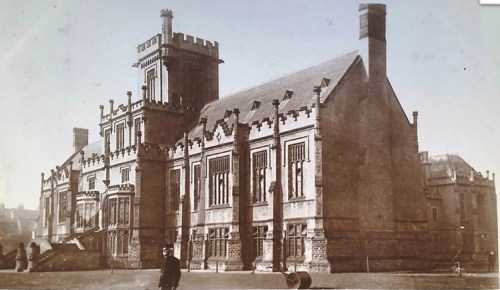
I do not know what William got up to between his final year at the High School and his leaving for a distant, exotic and exciting war in South Africa. I suppose he may have helped out at Sunrise Farm, but that seems a rather easy thing to say.
Next time, William goes to protect the British Empire from a small group of awkward Dutch farmers or possibly, gets involved in a greedy overseas war, started by rich men eager for bucketfuls (or bucketsful, possibly) of gold and diamonds.




